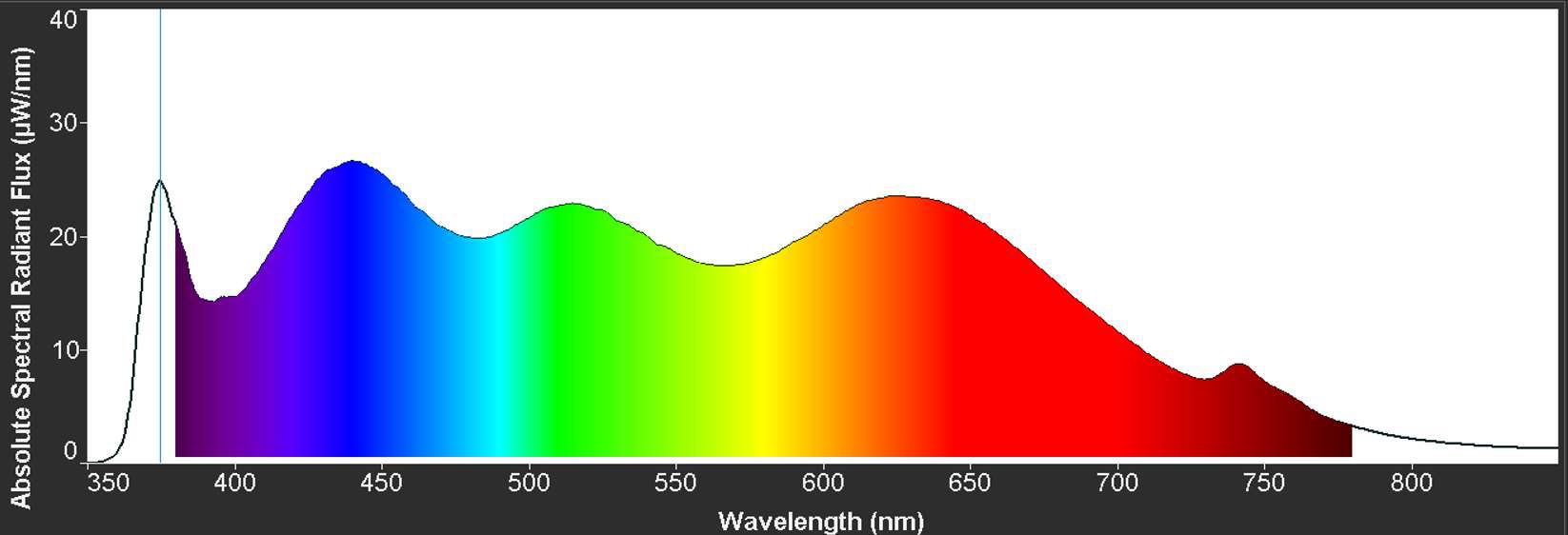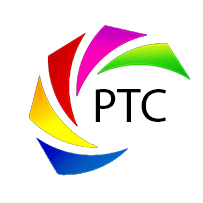Phosphor materials can enhance the capabilities of UV-Vis and IR spectroscopy instruments beyond what is possible with conventional light sources. For example, combining phosphors with LEDs (pcLEDs) can help achieve a wide range of broadband light sources and to customize the spectrum beyond what can be achieved with traditional (tungsten, deuterium, xenon, etc.) or LED technology alone. Phosphors can also enhance the capabilities of hyper-spectral imaging cameras.
UV-Vis pcLED sources can be easily coupled to a wide range of fiber optic instruments using SMA or FC-PC adapters for a wide range of spectroscopy measurements. They can provide stable optical power illumination for a wide range of applications including absorbance, reflectance, and transmission. Unlike traditional short-arc sources such as deuterium, xenon or mercury-xenon bulbs, phosphor-converted full spectrum LEDs are built using advanced solid-state lighting technologies involving UV/blue LEDs combined with UV/Vis/IR phosphors. For example, a pcLED can be built into a compact DC-powered source that covers the spectral range from 260nm to 850nm.
A broadband UV-Vis LED source is ideal for compact and portable hyperspectral imagers as well as traditional optical spectroscopy measurements. It consumes significantly less electrical power and generates less heat and more optical output compared to other UV/Vis sources. Typical UV/Vis sources used in spectroscopy (deuterium lamp, for example) can consume around 25W while producing less than 1mW of optical power. On the other hand, UV/Vis LED sources can consume only 1-3W (depending on configuration) while delivering hundreds of milli-watt (mW) in optical power. With such a small footprint, pcLEDs can be integrated into a wide range of optical equipment or be used as part of a detector calibration system. They can be powered and even pulsed using pulse-width modulation (PWM) techniques in order to reduce the average consumed power and heat production by the optical system.

Phosphor-converted LED (pcLED) source for UV-Vis and NIR spectroscopy
